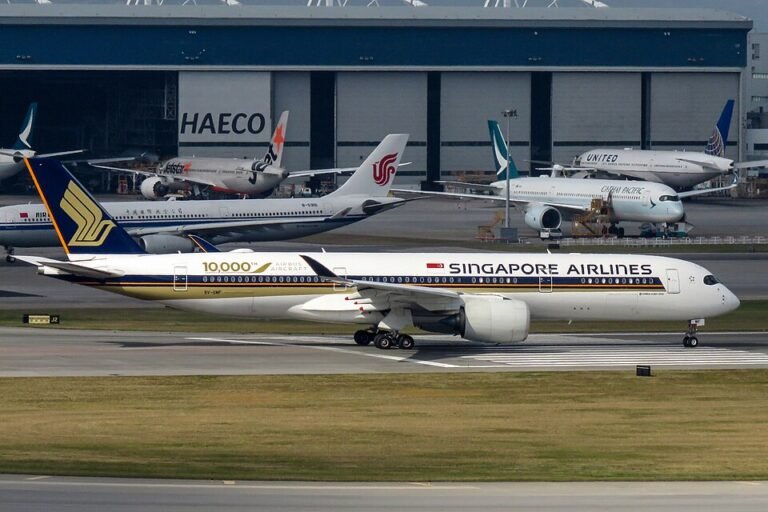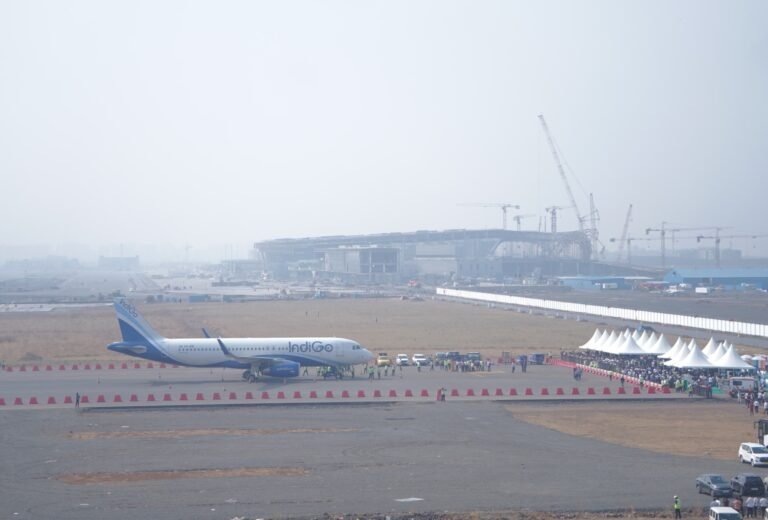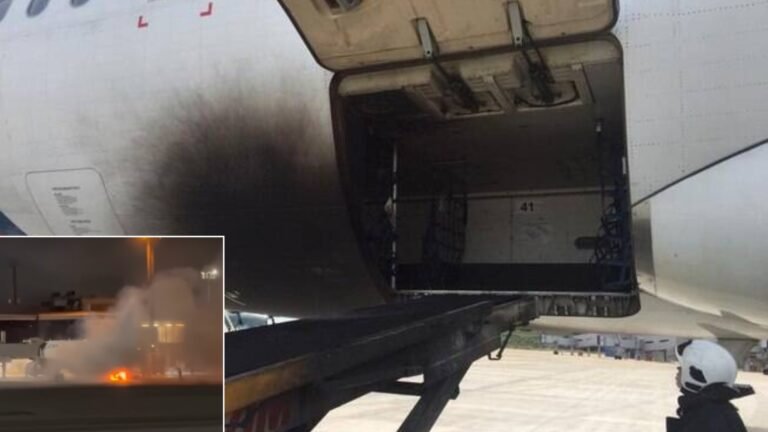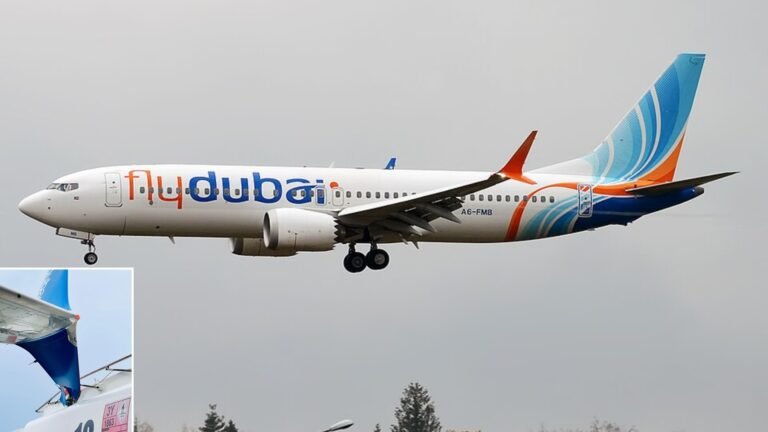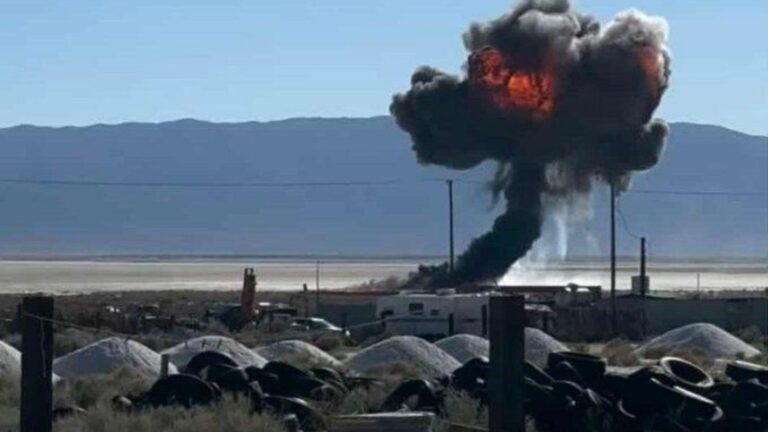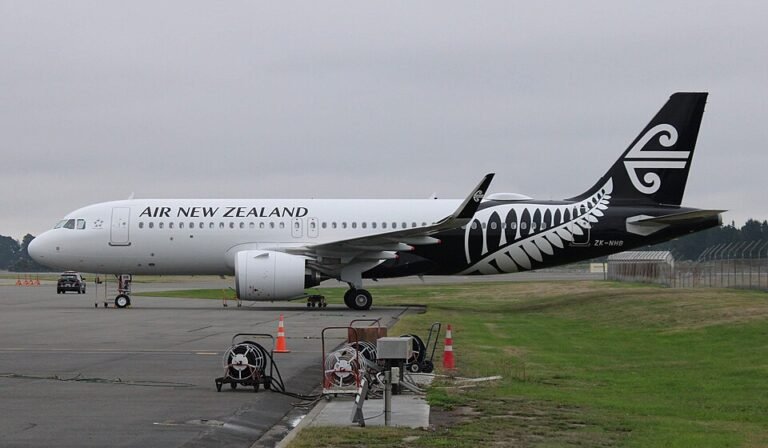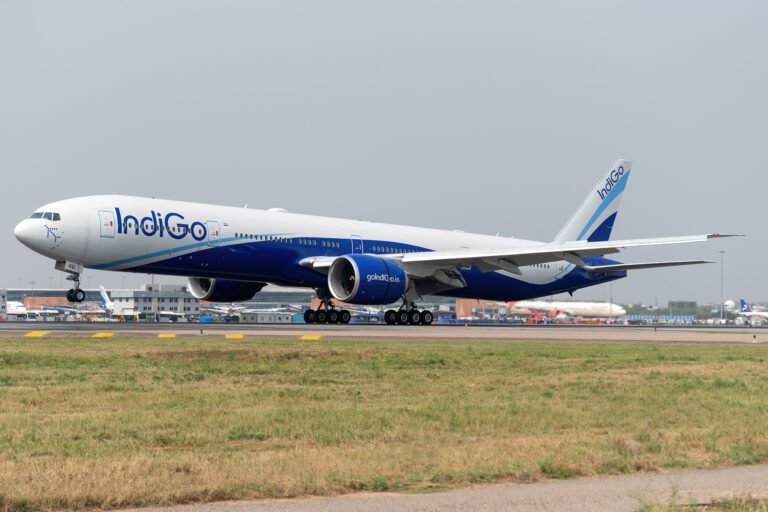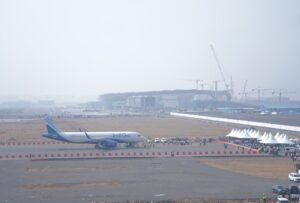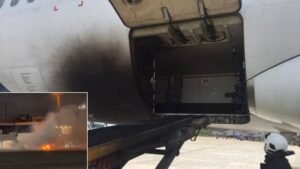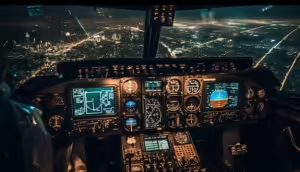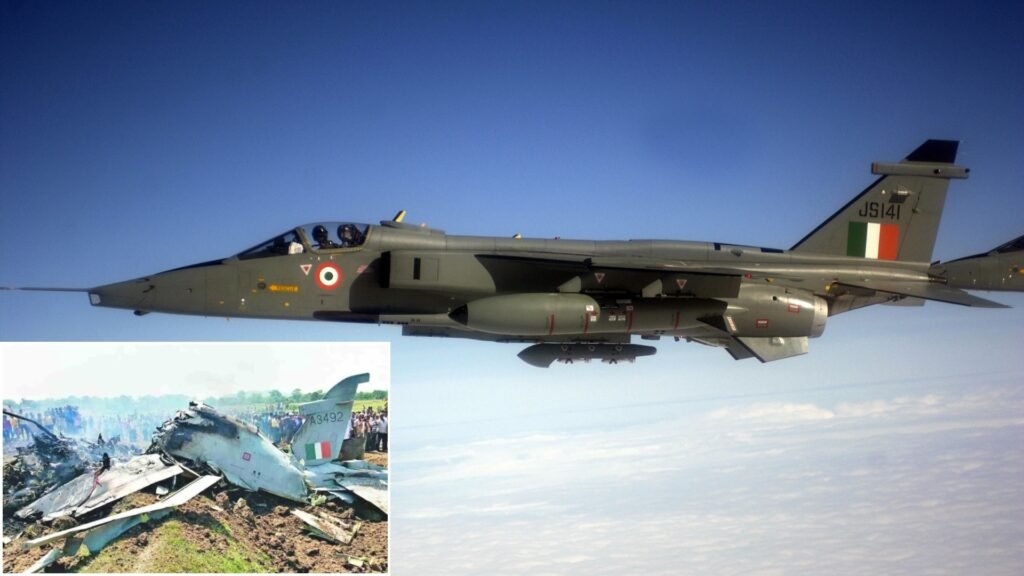
Rajasthan, India: Two Indian Air Force (IAF) pilots were killed after a Jaguar trainer aircraft crashed during a routine training sortie near Churu district in Rajasthan on Tuesday afternoon. The aircraft had taken off from Air Force Station Suratgarh and was operating as part of a scheduled training mission when the incident occurred.
Aircraft Involved and Crash Location
The aircraft involved was a twin-seat SEPECAT Jaguar, used by the IAF primarily for ground attack and tactical reconnaissance roles. According to officials, the crash took place around 1:25 PM near Bhanoda village, approximately 40 kilometers from Suratgarh. The aircraft came down in an open agricultural field and was engulfed in flames shortly after impact.
Eyewitnesses in the area reported hearing a loud explosion followed by a large plume of smoke. Local authorities confirmed that the debris was scattered across a wide radius, but no civilian injuries or property damage occurred on the ground.
In an official statement released shortly after the incident, the Indian Air Force confirmed:
“A Jaguar aircraft met with an accident during a training sortie from Air Force Station Suratgarh. Both pilots onboard sustained fatal injuries. A Court of Inquiry has been ordered to ascertain the cause of the accident.”
Emergency response teams from the IAF and local civil administration arrived at the site to secure the wreckage and begin preliminary investigations.
Inquiry Initiated
A Court of Inquiry has been constituted to investigate the circumstances leading to the crash. Investigators are expected to examine flight data, maintenance records, communication logs, and eyewitness accounts. As per procedure, all training missions involving Jaguar aircraft have been temporarily reviewed for operational checks.
This is the third reported Jaguar crash involving the Indian Air Force in 2025. Previous incidents occurred in March (Haryana) and April (Gujarat). In each case, aircraft of the same class were involved.
Background on the Jaguar Fleet
The Jaguar, originally developed by Anglo-French collaboration in the 1960s, has been a part of the IAF fleet since the late 1970s. While the platform has undergone multiple upgrades under programs such as DARIN III, many of the aircraft remain structurally dated, raising long-standing concerns over operational risk and survivability systems especially in trainer variants.
Despite recent enhancements, the fleet has faced increasing scrutiny due to rising maintenance requirements and the limited effectiveness of legacy safety systems, including ejection seats. The IAF has yet to formally announce a retirement schedule for the Jaguars, which were earlier projected to remain in service until the early 2030s.
The outcome of the inquiry will determine whether additional measures are required concerning training protocols, fleet readiness, or aircraft systems.
No additional information about the identities or ranks of the pilots has been released by the IAF as of this report. The next of kin have been informed, and appropriate military honors will follow.

